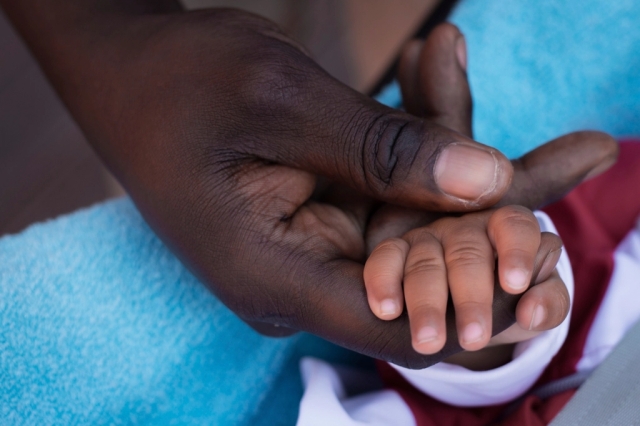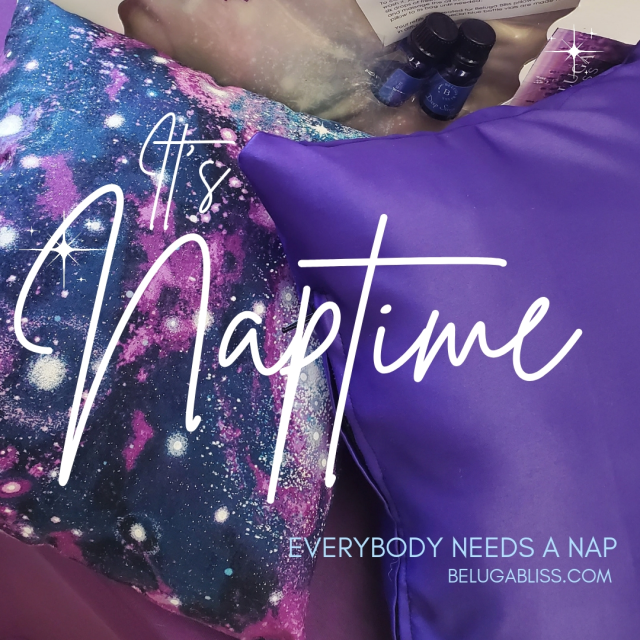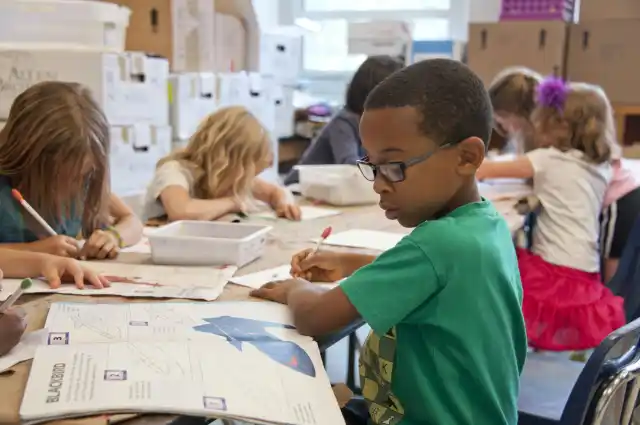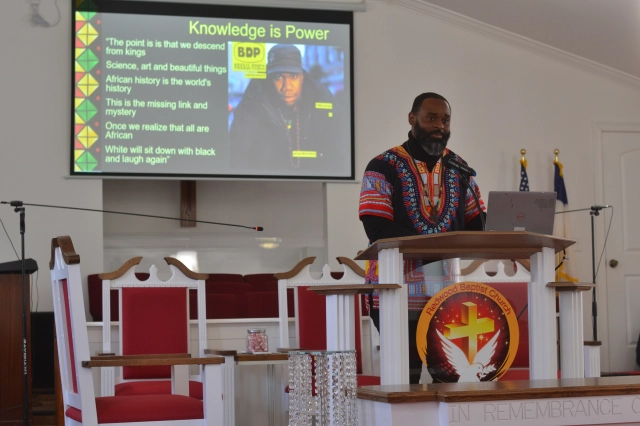Where were you on March 9, 2020? Black educators remember the early days of COVID-19

You may not remember March 9, 2020–the day Louisiana recorded the first COVID-19 infection.
However, engrained in the memories of many Louisiana teachers is Thursday, March 12, 2020, the day Governor John Bel Edwards declared a public health emergency, closed all K-12 public schools, and banned gatherings of more than 250 people.
“When you look back at it, COVID education was a nightmare,” said a fifth-grade teacher.
Louisiana educators frantically packed their personal items, prepared academic packets for students, and realigned their lessons to become virtual educators for the first time. Two days later, on March 14, the first COVID-19 death was reported.
At the onset of the pandemic, Black Louisianans’ had high COVID-19 mortality rates that accounted for 70% of all deaths. The infection and death rates in and throughout Louisiana were the worse in the country.
Since the start of the pandemic three years ago, Louisiana’s faced six surges of COVID-19 infections, unprecedented flooding, and catastrophic hurricanes which closed schools. And overall, Black Louisianans made up 50% of known COVID-19–related deaths. Earlier this year, Jozef Syndicate polled Black K-12 educators in Louisiana on the pandemic’s impact.*
“What teachers faced was unprecedented,” said Tia Mills, Ed.D, president of the Louisiana Association of Educators. According to the Louisiana Department of Education, during the 2021-2022 academic year, the state had 188,602 employees with “teacher” in their job title. Of them, 24% are Black.
Mills said members were concerned about how they could protect their jobs during sickness, how they could effectively do their jobs virtually, and whether they would return to sanitized schools. As a response, she said LAE provided additional technical training and support to educators statewide while lobbying for COVID-safety measures, mask and COVID testing policies, and funding to incentivize educators.
“(COVID) changed the way we served our students,” said Mills, who has also been an educator for more than 14 years. “Educators worked extremely hard from the cafeteria worker, teachers, support staff, and principals, to the bus driver.”
Mills had hosted virtual “We Rise Together” town halls, advocated for priority vaccinations, and even fired off against the early reopening of schools. Louisiana had become the epicenter of a COVID spike with alarming increases in the number and severity of COVID-19 cases among children. Chaos and concerns grew over restarting schools and mask mandates. Board of Elementary and Secondary Education declined to enact statewide COVID-19 requirements, then Edwards intervened and enacted an indoor statewide mask mandate for anyone in kindergarten and older.
“It was a chaotic process in the sense that nobody knew what was going on. It was all changing overnight just like that and we had to adjust for our students and our families,” wrote an East Baton Rouge teacher. She said teachers able to adjust better once expectations for virtual learning were clarified by the district and state.
Those adjustments and expectations varied across the state’s 72 school districts which have different academic calendars. For example, many schools in north Louisiana were heading into Spring Break while others had another week before the holiday.
Caddo Parish math interventionist Deandria Burris remembers teachers and staff receiving all COVID information from school administrators by email, initially, and through continuous virtual meetings. Their Spring Break became a preparation time for getting Chromebooks to students, gauging their access to the Internet, and learning to move lessons onto the Google platform. “We had to get the students acclimated. We had virtual office hours. We sent daily affirmations and encouragement to the families using DoJo… And we kept them engaged in learning.”
Of the 40 Black K-12 educators surveyed, 71% said it was difficult to conduct class virtually and 17% said it was extremely difficult to impossible to engage parents in virtual learning. They said they faced more challenges with incomplete assignments (94.9%), absenteeism (89%), and lack of supplies for students to use virtually (71.4%). “Our students were already performing low, the pandemic just made matters worse,” wrote one educator.
“It was just an uncertain time. And it just kind of all happened so suddenly…and teachers, parents, and administrators, we just all tried to make it as smooth of a transition as possible for our students and to embrace our new normal, whatever that would be,” Burris said.
“In the face of immense adversity, students, teachers, administrators, and parents showed unwavering resiliency, demonstrating a deep commitment to both safety and learning,” said Cade Brumley, Ph.D., state superintendent of education.
BY CANDACE J SEMIEN / Jozef Syndicate reporter
*This story is part of a three-article news series on the coronavirus pandemic’s impact on Louisiana’s Black K-12 educators.
Comments
4 Responses to “Where were you on March 9, 2020? Black educators remember the early days of COVID-19”Trackbacks
Check out what others are saying...-
[…] Where were you on March 9, 2020? Black educators remember the early days of COVID-19 […]
-
[…] connections and friendships, 100% percent said they, their families, and their students experienced depression and loneliness. One educator stated their level of enjoyment for teaching “definitely has diminished because the […]
-
[…] news series on the coronavirus pandemic’s impact on Louisiana’s Black K-12 educators. Read Where were you on March 9, 2020? Black educators remember the early days of COVID-19 for […]

























Great story!